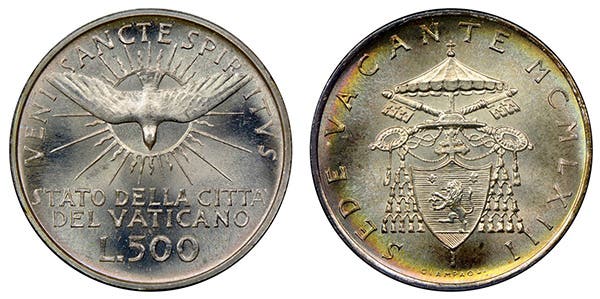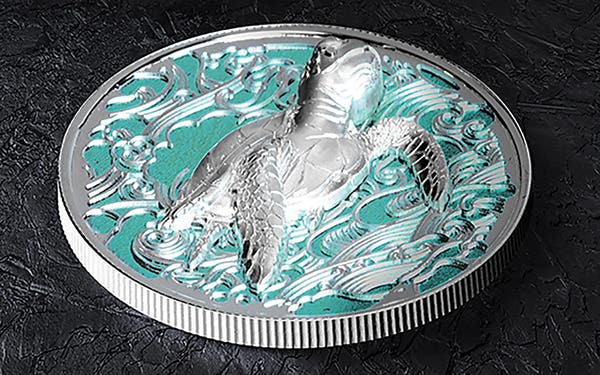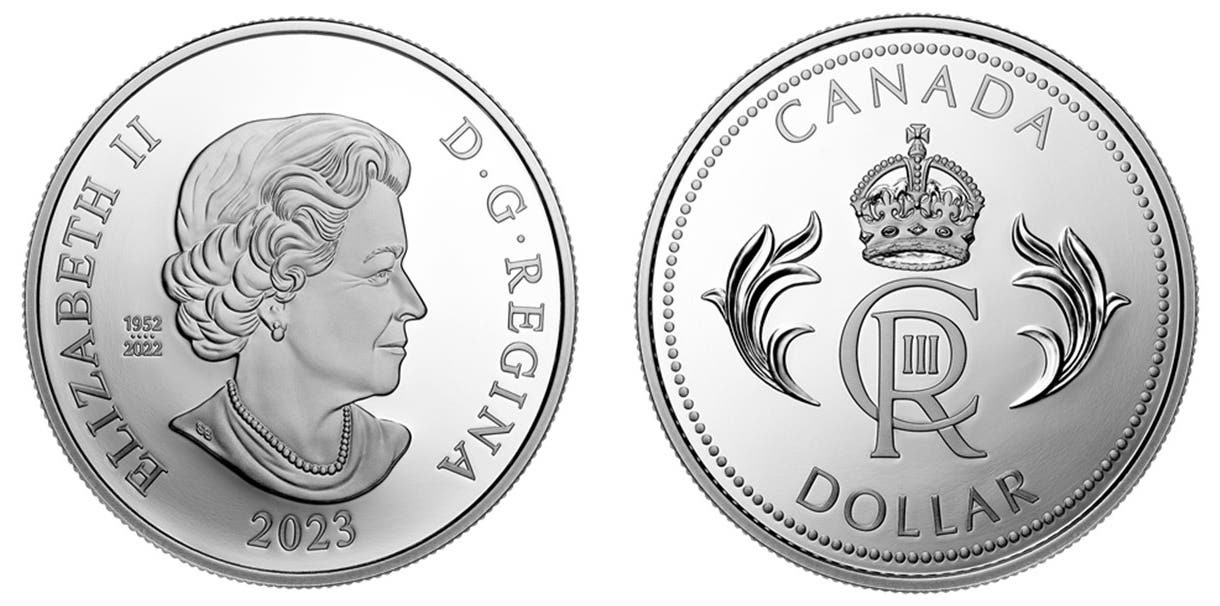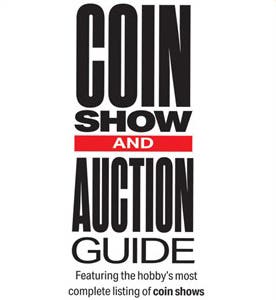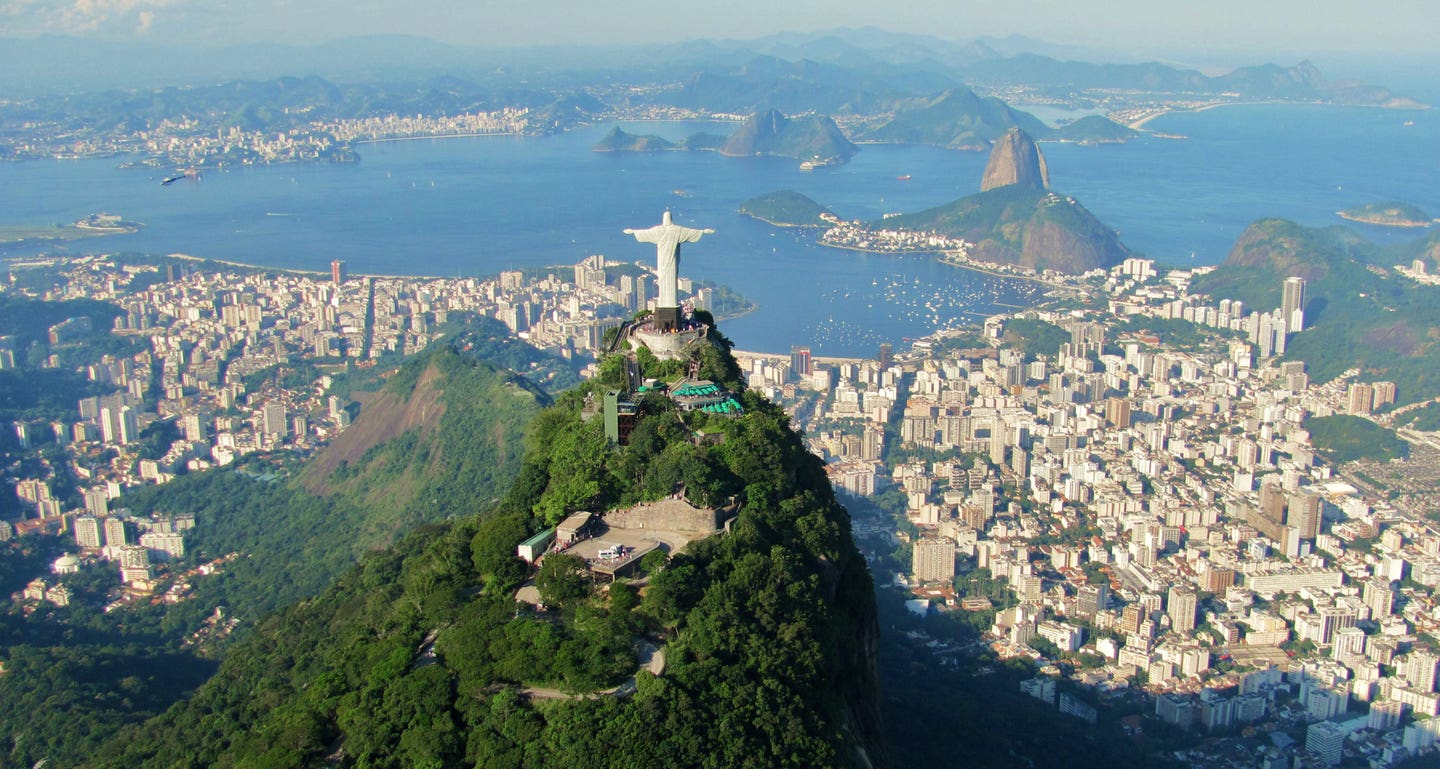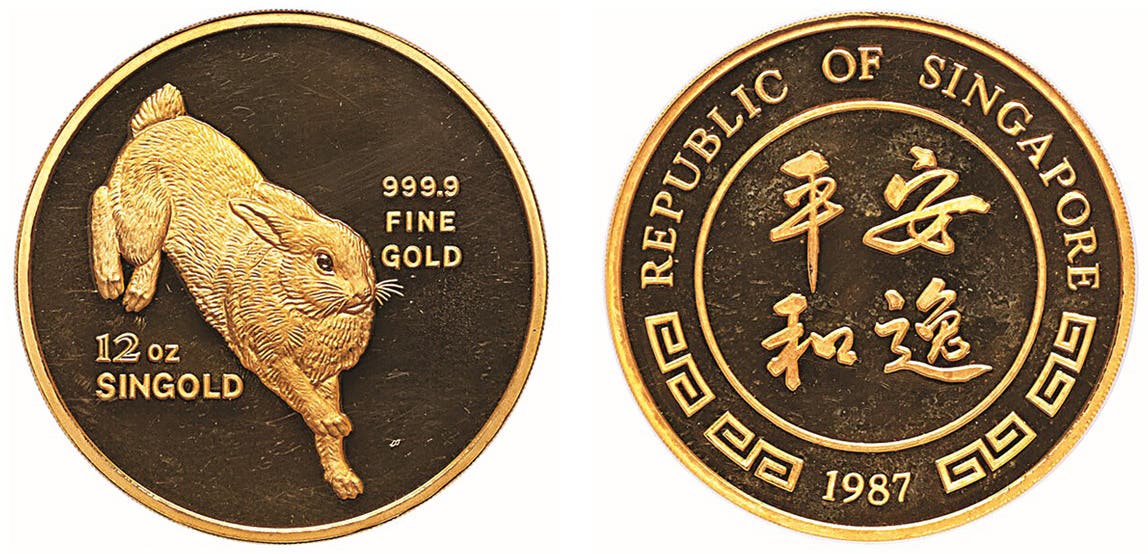Festival Showcases Shipwreck “Private Coins”
Spanish Colonial American coins recovered from shipwrecks are of interest to collectors, but often retain damage from their watery grave that makes them less desirable than are their counterpart gold…
Spanish Colonial American coins recovered from shipwrecks are of interest to collectors, but often retain damage from their watery grave that makes them less desirable than are their counterpart gold escudo and silver reale coins that were never subjected to such an environment.
A group of unusual treasure coins recovered from the well-known Dutch East India Company shipwreck Rooswijk were part of a display at the July 18-23 Calke Abeet Festival of Archaeology in Derbyshire, England. The coins were accompanied by decorative sword blades also recovered (and restored) from the same ship. The reason the sword blades had no handles remains a puzzle. While the statement “dead man tell no tales” may be true, the coins tell a story seldom heard.
The ill-fated Rooswijk sank off Kent in January 1740 at the treacherous Goodwin Sands while on its way to Batavia. The ship allegedly sank during a blizzard.
According to Cultural Heritage Agency of the Netherlands Maritime Heritage Programme Manager Martijn Manders in issue 86 of Current World Archaeology, “The story of the Rooswijk is the story of silver. The VOC was ferrying silver to the East Indies, where there were no silver mines, so that they could buy exotic goods. Because there was no local supply, there was always a lack of silver, and because there was always a lack of silver that gave it a special value. Put simply, silver was worth more in the East Indies than in the Netherlands. That meant you could make a profit simply by buying silver in the Netherlands and selling it in the East Indies. It created a big opportunity, and as a result there was both official silver being transported by the VOC on board the Rooswijk, and illegal silver that was being smuggled by the passengers and crew.”
Manders continued, “It was a crazy situation. People were smuggling silver in shoes and belts – probably to hide it from their fellow sailors more than anything – and we think that by the time the Rooswijk went down maybe half of the money being transported on these ships was illegal. Once in the East Indies, crew and passengers employed by the VOC would sell the smuggled silver to the VOC through a middleman at East Indies prices.”
Manders added, “The VOC would then use the silver to buy spices and porcelain, which became even more valuable when they were traded back to the Netherlands. Used this way, the value of the smuggled silver almost doubled, allowing both the smugglers and the company to make money from it. For a long time, the VOC tolerated the smuggling because of the mutual benefits, and even wrote letters that could be sent back to the Netherlands, allowing the smugglers’ families to collect the profits. Foreign sailors would sign on and take money from an entire community to exchange. It reached a stage where the skipper of a vessel would set up an office in the Netherlands, so that people could take him silver to sell overseas. He’d then give them a receipt, creating an official paper trail for illegally smuggled money!”
Coins on board owned by the Dutch East India Company have been documented to have the Mo mint mark of the Mexico City mint. It has been estimated about half of the coins on board were illegal, belonging to crew members who wanted to make a personal profit. Officially smuggling coins were banned, but it was common practice during this period.
The coins at the Derbyshire fair have holes deliberately made in them, the holes likely made by crew members who sewed these coins into their clothes to avoid detection.
Manders said, ““I am happy the objects and the exciting stories they behold are now ready to be shown to the world.”
Senior Archaeological Conservator at Historic England spokesman Angela Middleton said: “It has been fascinating to slowly reveal the many secrets hidden for hundreds of years within the objects found at the Rooswijk wreck site.”



